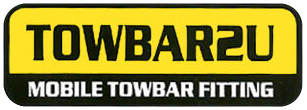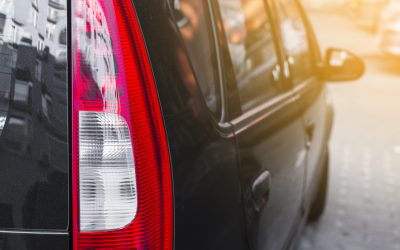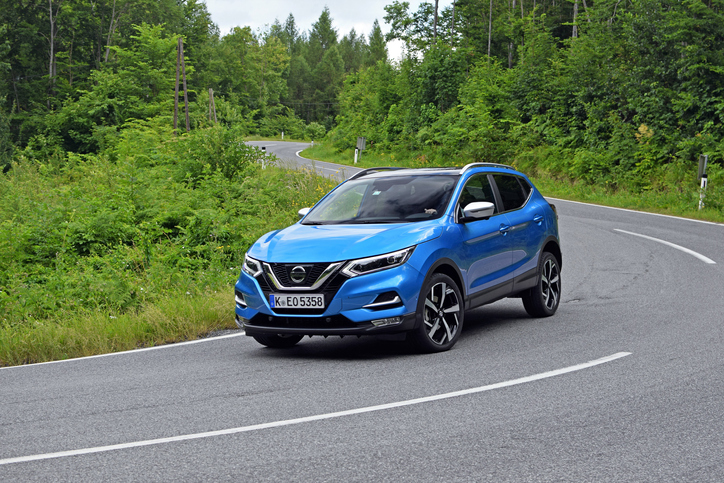When thinking of the main criteria for a good towbar, you may consider points such as strength, a safe connection, simple fitting and a neat aesthetic. Whilst these are all aspects which are easy to agree upon, the design and technological innovation which go into achieving these qualities are not, and have been developed over many years. Let’s take a look at some of the many considerations that go into designing a safe and successful towbar.
Features for consideration
Across Europe as a whole, about a quarter of vehicles have a towbar. This equates to a huge number of vehicles which will vary in size, make and model. When designing towbars, this large variety has to be catered for which is why you’ll find that towbars for different cars can have subtle differences. Towbar manufacturers will receive specifications from the vehicle manufacturers covering aspects such as mounting points and maximum authorised mass; these specifications will then allow the towbar design to be tailored to specific vehicle models.
Vehicle features which can influence towbar design include:
- How the bumper sits and if this differs on different versions of the model
- If the registration plate sits low
- Different engine options
- The placement and size of exhaust(s)
- If there is a spare wheel mounted externally on the back of the vehicle
- What the ride height of the vehicle is and if there are multiple options
Testing and EC Type Approval
After gathering all the necessary information, a towbar design concept can be developed, using technical CAD software. This allows precise drafts to be drawn up which, after evolving, refining and perfecting, will become the blueprint for manufacturing.
After the towbar design has been developed, a prototype will be created which must undergo rigorous testing to ensure it stands up to real life usage and demands. The towbar will initially be installed on its corresponding vehicle to ensure it fits as it should, securely and safely. Next, it will be subjected to fatigue testing and loads equivalent to – and often exceeding – the maximum authorised mass to analyse endurance and strength. After being put through significant testing, the towbar will be examined for signs of wear or faults and, should it pass this evaluation, can then be okayed for manufacturing.
Nowadays, towbar standards are also covered by EU legislation. The 94/20/EC Directive specifies quality standards and technical specifications which all towbars manufactured within the EU must meet. This means that, no matter where you are in the EU, you can rely upon towbars meeting a safety benchmark. Not meeting these standards can result in prosecution.
Towbar2U supply customers across England with high quality towbars which are safe, robust and reliable. With our highly convenient mobile fitting service, one of our skilled professionals can come to you and fit your towbar at the most convenient time and place. We have a large range of towbars – including those from Witter, A1 Towbars and Tow Trust – to suit any make and model of car. for further information get in touch with our helpful team on 0800 998 1969 or check out our areas covered page to find your local fitter.




































